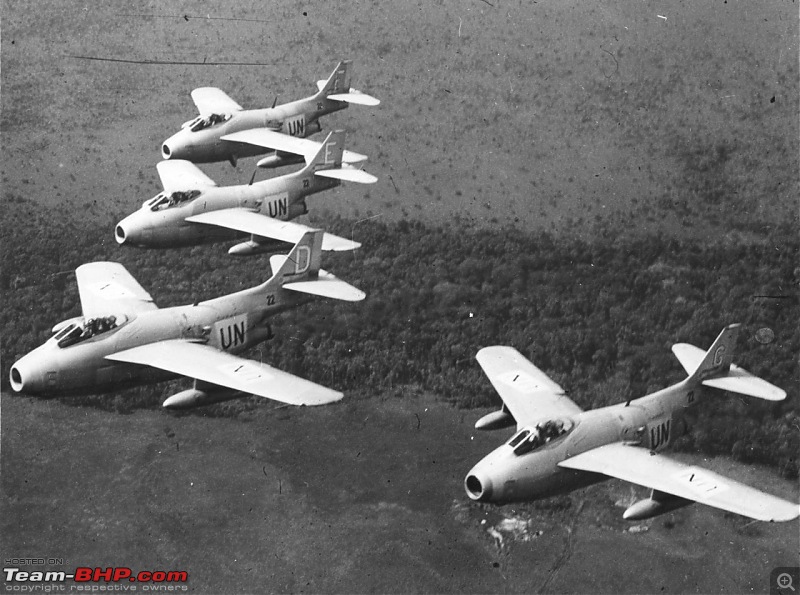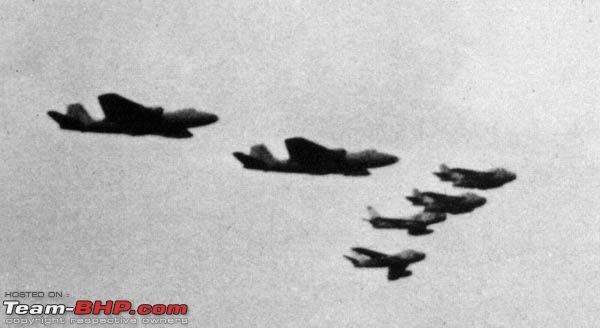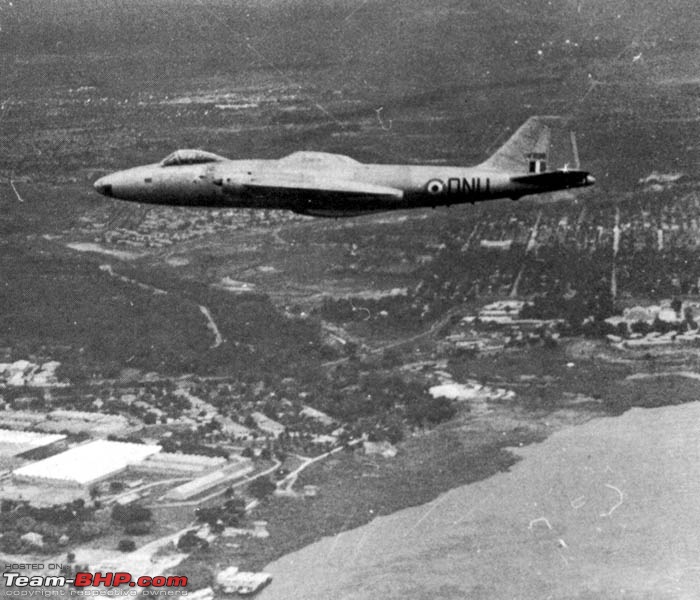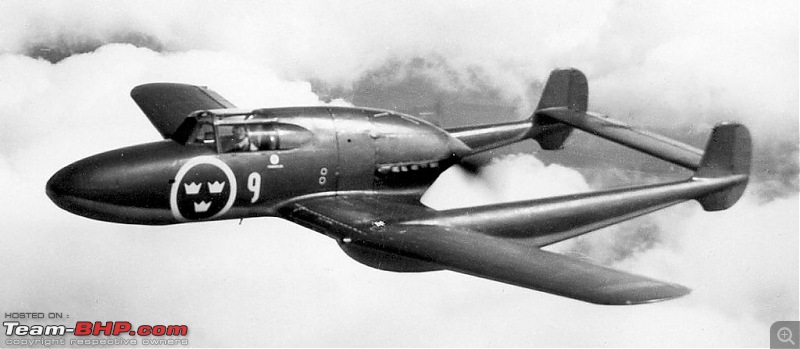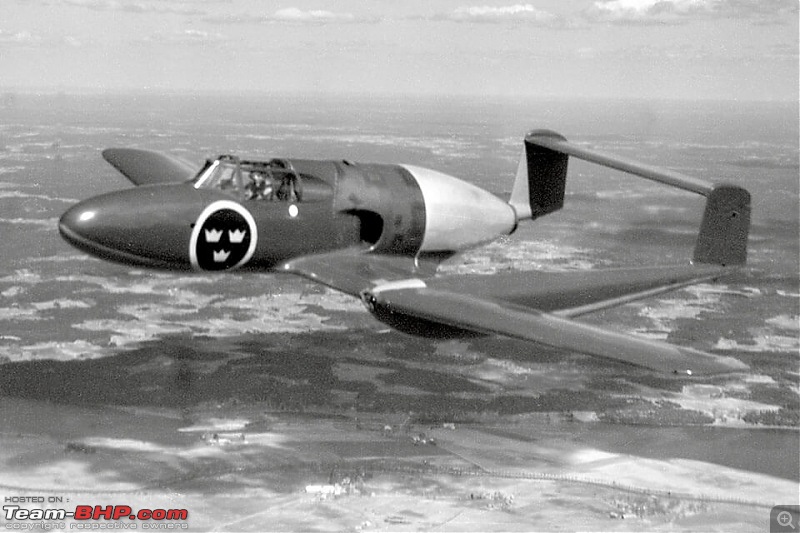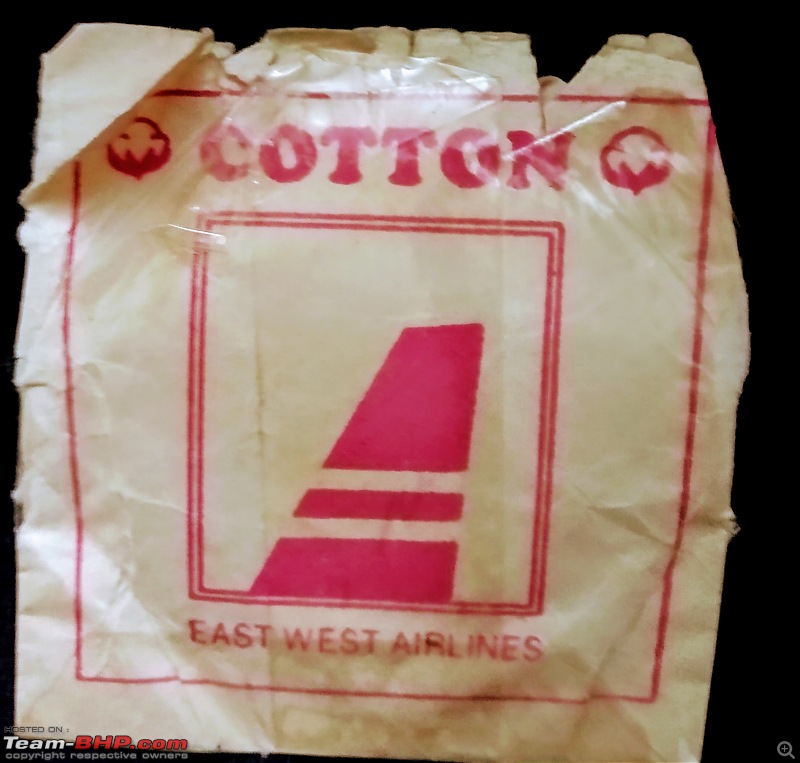| | #76 |
| Senior - BHPian | |
| |  (1)
Thanks (1)
Thanks
|
| |
| | #77 |
| Distinguished - BHPian  Join Date: Aug 2014 Location: Delhi-NCR
Posts: 4,071
Thanked: 64,334 Times
| |
| |
| | #78 |
| Senior - BHPian | |
| |  (2)
Thanks (2)
Thanks
|
| | #79 |
| Distinguished - BHPian  Join Date: Aug 2014 Location: Delhi-NCR
Posts: 4,071
Thanked: 64,334 Times
| |
| |  (1)
Thanks (1)
Thanks
|
| | #80 |
| Distinguished - BHPian  Join Date: Aug 2014 Location: Delhi-NCR
Posts: 4,071
Thanked: 64,334 Times
| |
| |  (6)
Thanks (6)
Thanks
|
| | #81 |
| Senior - BHPian Join Date: Jul 2009 Location: Calcutta
Posts: 4,668
Thanked: 6,217 Times
| |
| |
| | #82 |
| Distinguished - BHPian  Join Date: Aug 2014 Location: Delhi-NCR
Posts: 4,071
Thanked: 64,334 Times
| |
| |
| | #83 |
| Senior - BHPian Join Date: Jul 2009 Location: Calcutta
Posts: 4,668
Thanked: 6,217 Times
| |
| |
| | #84 |
| Distinguished - BHPian  Join Date: Aug 2014 Location: Delhi-NCR
Posts: 4,071
Thanked: 64,334 Times
| |
| |  (4)
Thanks (4)
Thanks
|
| | #85 |
| Senior - BHPian Join Date: Jul 2009 Location: Calcutta
Posts: 4,668
Thanked: 6,217 Times
| |
| |
| | #86 |
| Distinguished - BHPian  Join Date: Aug 2014 Location: Delhi-NCR
Posts: 4,071
Thanked: 64,334 Times
| |
| |
| |
| | #87 |
| Senior - BHPian Join Date: Jul 2009 Location: Calcutta
Posts: 4,668
Thanked: 6,217 Times
| |
| |
| | #88 |
| Distinguished - BHPian  | |
| |  (2)
Thanks (2)
Thanks
|
| | #89 |
| Distinguished - BHPian  | |
| |  (1)
Thanks (1)
Thanks
|
| | #90 |
| Distinguished - BHPian  Join Date: Aug 2014 Location: Delhi-NCR
Posts: 4,071
Thanked: 64,334 Times
| |
| |  (3)
Thanks (3)
Thanks
|
 |
Most Viewed





